Windsurfing and Flymount is a match made in heaven. Windsurfing – and capturing that often elusive on water footage – is why we created the Flymount brand in the first place. Back in the day, there wasn’t anything fit for purpose. And that’s with both recreational action cam and (obviously) mounts. Instead, water shots were accomplished via helicopter, and camera operators (EXTREMELY costly) were makeshift mounts attached to windsurfing rigs that weighed a ton. The invention of POV action cams (most notably GoPro) saw all that change. And it was GoPro’s inception and Flymount’s tinkering that sparked where we are today.
In this article you’ll find the following –
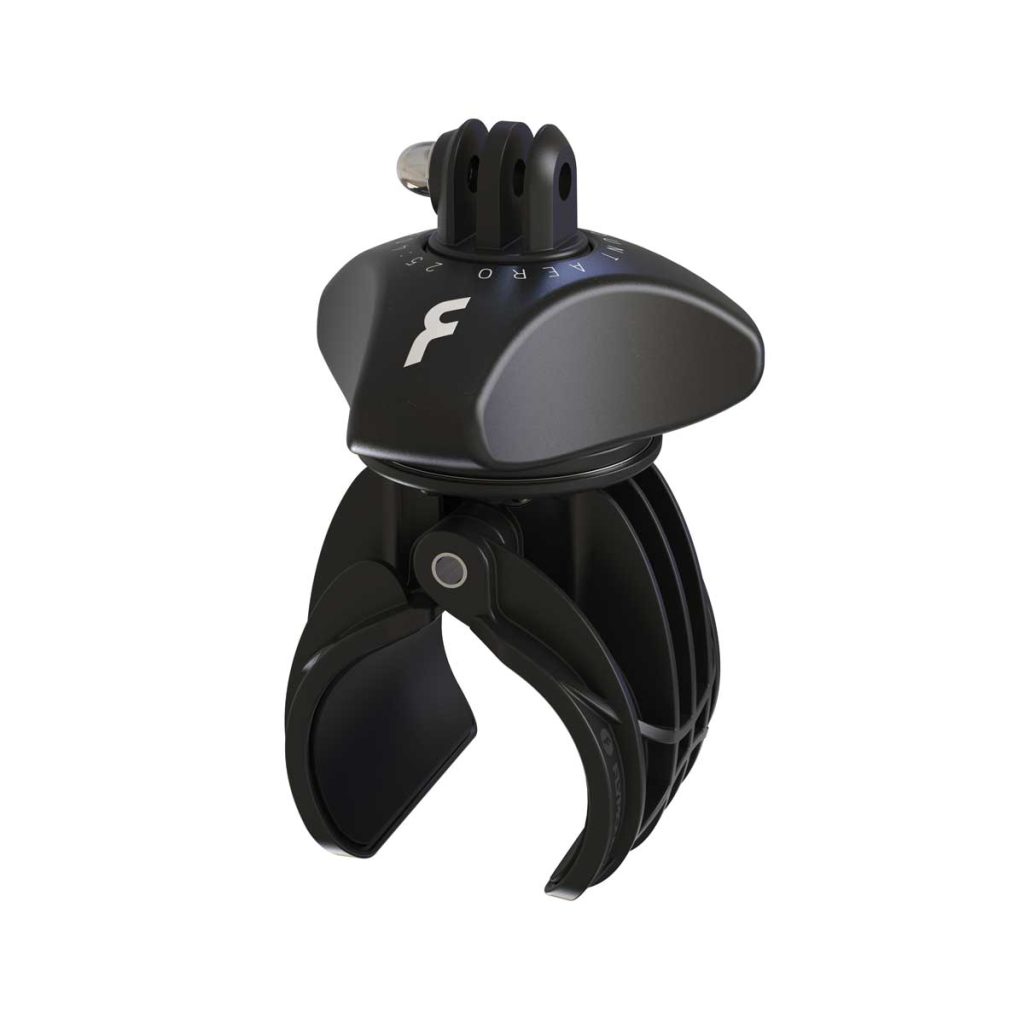
Flymount Aero-40 Ultralight Action Camera Mount
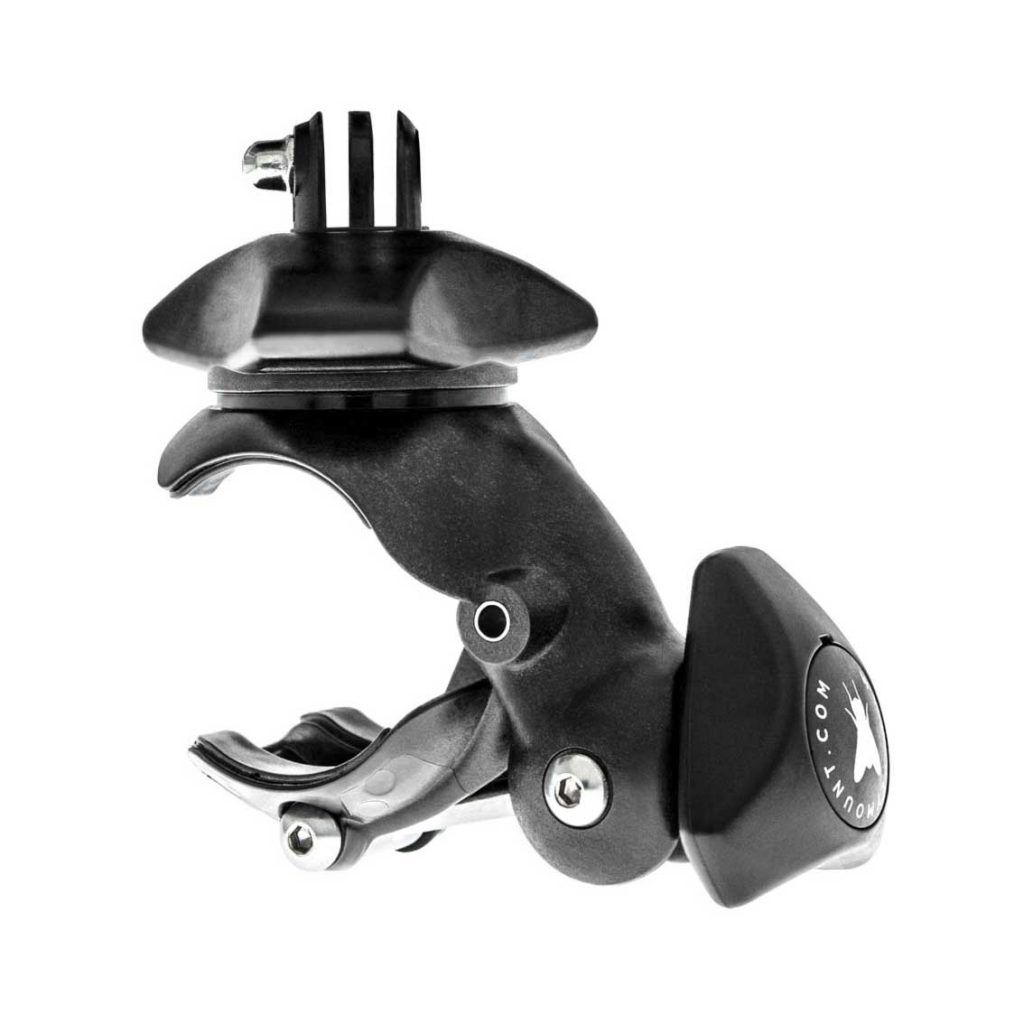
Flymount Original Action Camera Mount
How did windsurfing water shots used to be captured again?
Windsurfing action photos were more or less the domain of sponsored pro riders working with paid photographers. Back a few years (before action cams) printed media was dominant. This was also well before social media. Or at least social media and its widespread use as we know it today. Pro windsurfer’s means of exposure was through being featured in the mags. And with page space at a premium, riders and their photog hookups needed to get ever more creative.

There are some quality vintage windsurf POV images from yesteryear kicking about online if you do a search. But as we said above these were achieved by often convoluted and less than efficient means. As we know from speaking to many old school windy photographers Gaffer Tape was widely employed to literally stick expensive camera equipment and water housing to windsurfing sail masts. It was then luck as to whether this system failed or worked. In the case of the former, that’d mean costly camera gear would end up in Davey Jones’ Locker. Which wasn’t ideal.
When did GoPro action cameras emerge?
Nick Woodman – a keen surfer, skier and motorsports enthusiast – wanted an easier and more cost effective way to film himself and his friends whilst surfing. Nick founded GoPro in 2002 and sold the first GoPro Hero camera kit in 2004. It used 35mm film, rather than being fully digital, as that capability hadn’t come to market yet.
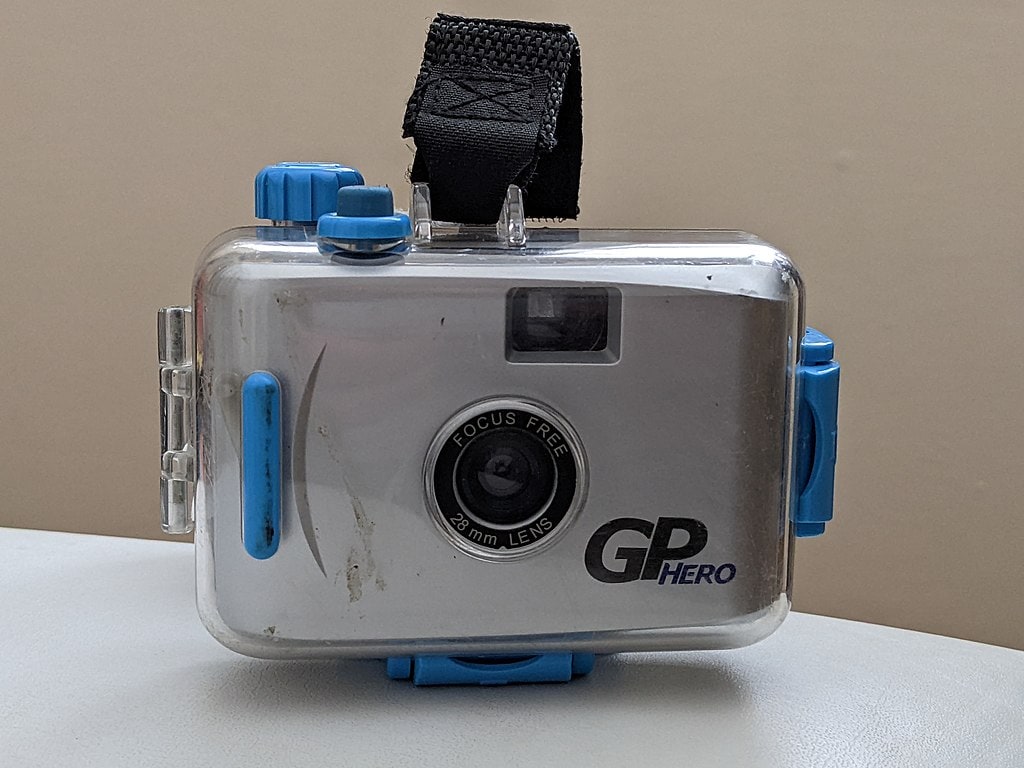
It should be noted that early point of view action cam incarnations were trialed in the 1960s and 70s. So in effect, this fettling laid the groundwork for what would become GoPro. However, GoPro’s Hero action cam is noted as the first, fully functional and commercial action camera on the market. Over the years GoPro has gone from strength to strength. In 2022 the brand posted a 5% increase in revenue year over year. But GoPro does have competition…
The rise of Insta360 action cams.
2014 saw the founding of Insta360. The brand wanted a more refined and better way to capture point of view action – on the water and on the land. They describe these as fully immersive moments in time. Rather than just snapshots or partial glimpses. Jingkang Liu – Insta360’s CEO and founder – said it was tough at the beginning trying to gain ground against fierce competitors like GoPro. Particularly as Insta360 wanted a slice of the global market.
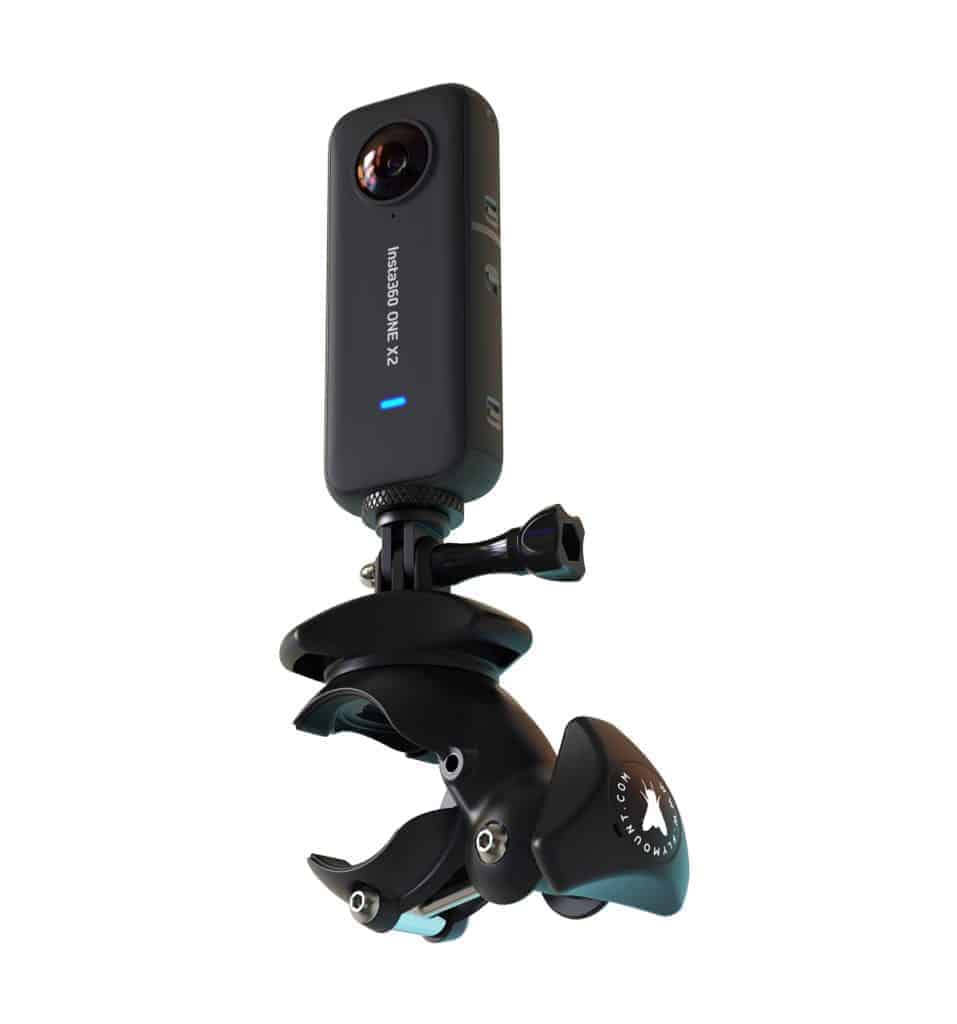
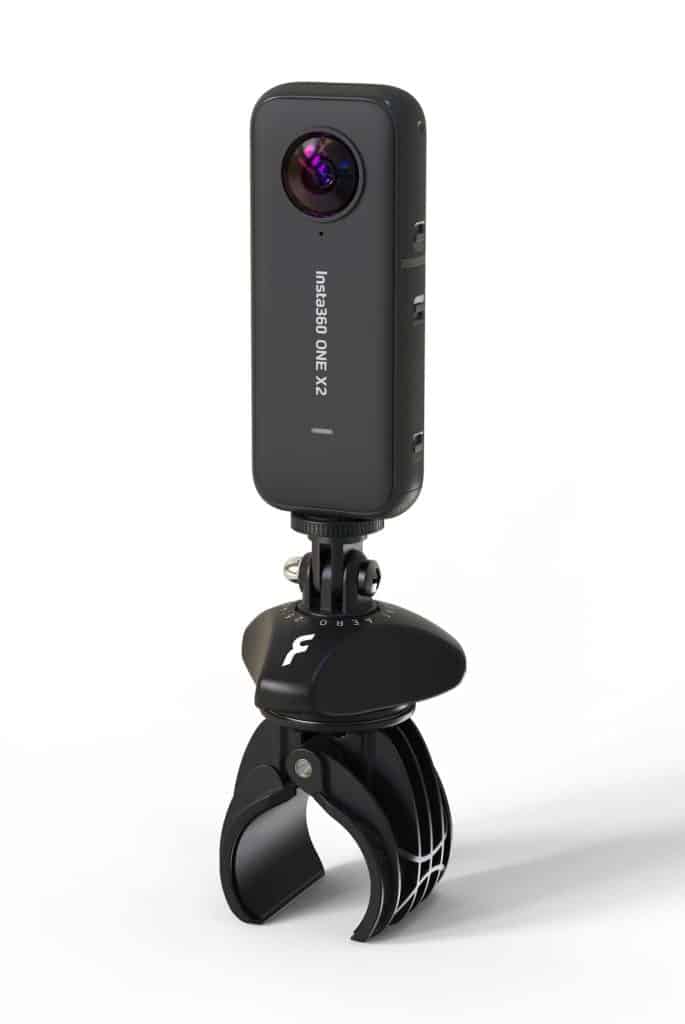
However, Insta360 is reported to now be currently worth 13 million Dollars with a funding amount of 30 million. They are the closest rival to GoPro with some windsurfers preferring Insta360 over the Hero models. As to what you should choose that’s down to your personal requirements. In both cases, however, Flymount is compatible with both GoPro and Insta360 so you’re covered either way.
Flymount’s windsurfing story.
For a good few winter seasons, Flymount’s Joe Knapton and (now wife) Imogen would make the pilgrimage to the hallowed windsurfing Mecca of Tarifa. With its reliably strong wind and overall great conditions, it was an easy choice for a windsurfing addicted Joe. Around 2005, having spotted the growth of Google’s YouTube video channel, windsurfing camera mast mounts were trialed. Early incarnations of Flymount were typically crude. But in tandem with the emergence of GoPro some of the results couldn’t be ignored.

Working with renowned designer Kevin J McDonald Flymount’s first models came to fruition. The Flymount Original was born and what followed has been an evolution of creativity. Fuelled by a passion for windsurfing, but also more recently, other sports like wing foiling. These days, Flymount focuses on refining existing products for windsurfing and action sports whilst keeping a keen eye on developments within the action cam market. This allows jumping on emerging trends and developing further accessories where necessary – such as the most recent Flymount Aero 130 wing mount.
Flymount’s windsurfing action cam mounts today.
There are currently two Flymount models suitable for windsurfing action camera POV shots. The Aero 40 is the newest option with the Orignal still in production as well. Both have been created with durability, versatility and weight saving in mind. Although the Aero 40 is lighter than the Flymount Original it has to be said.

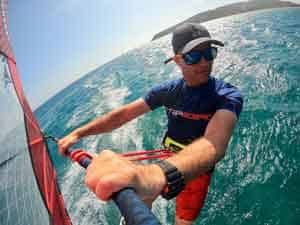
All Flymount products are designed and manufactured in the UK, with testing taking place around the globe. A number of pro windsurfing athletes and photographers swear by Flymount. Equally, there’s a large growing list of recreational riders who use Flymount products regularly.
How to nail the best windsurfing shots with Flymount.
Both the Flymount Original and Aero 40 can be attached to a windsurfing mast. Your GoPro or Insta360 will then point downwards at the rider. Actual camera angles can be experimented with. As can the height you attach your Flymount. Higher, for instance, will result in a wider field of view. This can be great if wave riding and riders want to promote the down the line aspect.

Closer (lower down the mast) and shots become more intimate. This style of shot works for moves like body drags or carve gybes. There are multiple ways of snapping action footage with Flymount. It’s just a case of experimenting and discovering what works best for you, your riding style and the general conditions you enjoy windsurfing in.
Other tips for guaranteeing great windsurfing photos.
Using a Flymount Original or Aero 40, in tandem with your GoPro or Insta360, is the first part. Then experimenting where you should mount your cam on the sail mast is next. Have a play with camera angles, as already mentioned. Then follow these other tips for awesome windsurfing POV shots.
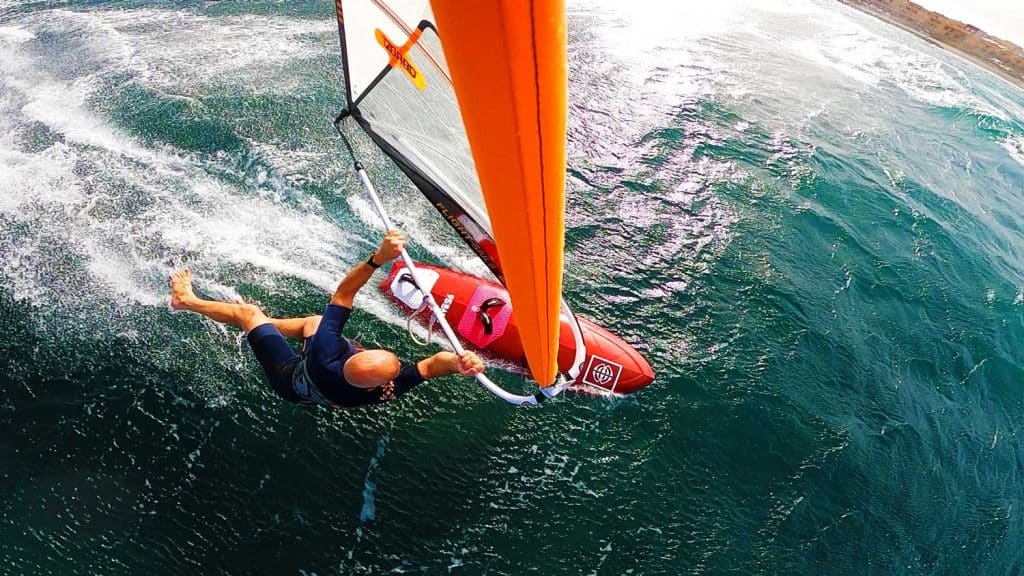
- Ride in an exaggerated fashion. With action cam photography windsurfers do need to accentuate movements to make the images appear dynamic. It’s a fine line between going for it and overcooking things though.
- Set your camera to the highest image quality possible. This way everything will be sharp and in focus, picking up the minutest of details for the best quality end results.
- When shooting images set your camera to time lapse mode, with a shutter speed of 1 second. This should ensure that over a decent session, you’ll capture some great images. If you’re after video then just let your camera run.
- Make sure your GoPro or Insta360 is fully charged with enough memory. It’s extremely frustrating to not have enough juice, or your camera running out of storage space just as you’re starting to get in the zone.
- Use the included safety leash to make sure in the unlikely event of your camera coming loose you don’t see it disappear to the depths.
- If possible, try to ride on sunny, bright days. Action cams deliver best results when conditions are bluebird. Although we appreciate timing a clear day with wind can be tricky.
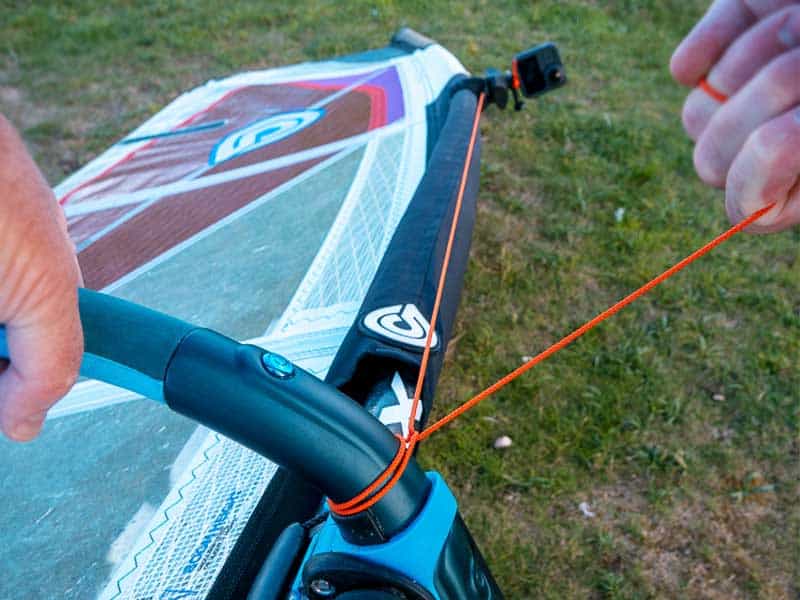
Don’t forget to edit your windsurfing shots!
We’ve mentioned this in other Flymount how to posts. But editing your action cam footage and photos can mean the difference between average looking results and great pics! Having set your camera to time lapse mode there’ll no doubt be quite a few images to wade through post-session. But in and amongst the many will be some gold.
Editing can then mean something as simple as cropping in the photo. This can lead to discovering the true nature of what the shot’s all about. You don’t need to be a PhotoShop pro. In fact, we’d urge you to keep the footage as authentic as possible. However, some small tweaks can pay dividends.
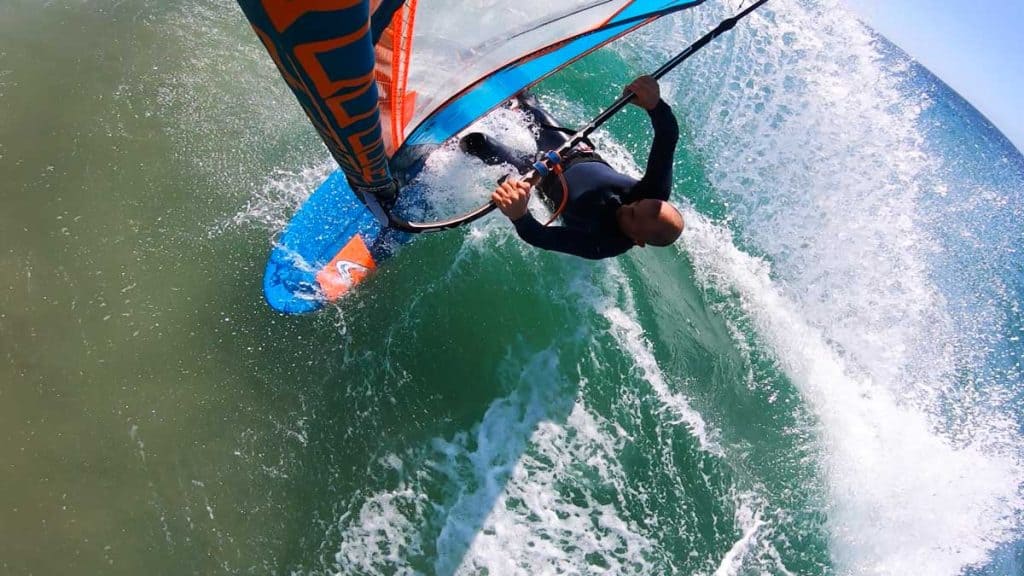

Share the results and @ tag Flymount!
In this day and age, as we all know, social media is a simple way to share things like windsurfing photos. It may be a little narcissistic at times but equally, you may as well use the ‘tools’ you have. Regardless of whether you’re a pro or recreational windsurfer. At the very least, your latest round of action windsurfing photos will be a talking point with your friends and family. Any windsurfer knows there’s quite as unique as windsurfing and photo evidence will always spark the conversation.
Here at Flymount, we are also keen to see the results of your hours on the water. We’d also love to share if you’re happy for us to do so. Therefore don’t forget to @ tag your Flymount pics when sharing to your social media platform(s) of choice. You can find Flymount’s Instagram stream here and the Flymount Facebook page here.
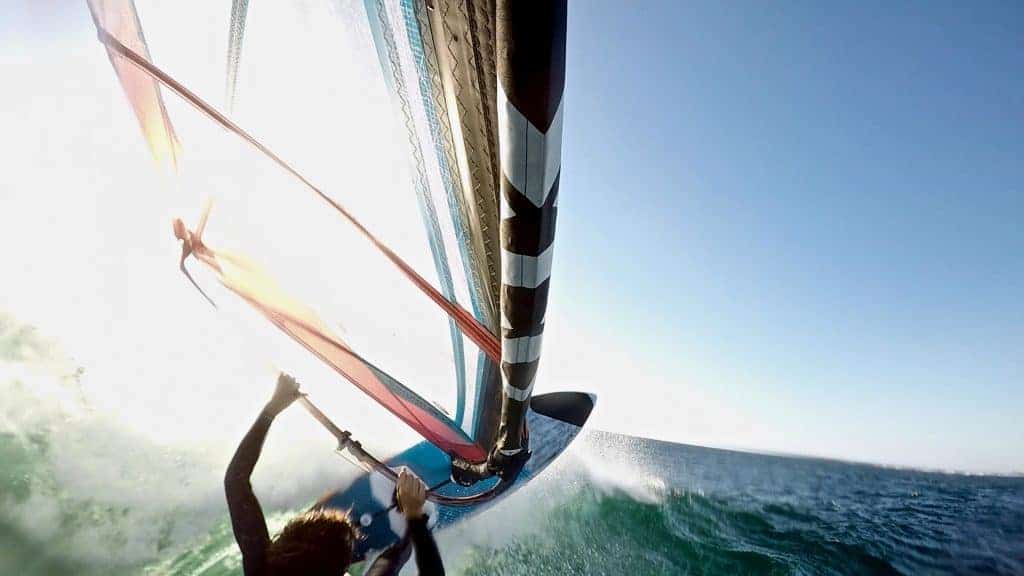
Summing up.
With windsurfing being the genesis discipline for Flymount products we’re committed to the sport and showcasing it in all its glory. The pics you achieve help this be the case. All you have to do is get hold of a Flymount action camera mount and get out there and ride.
If you need any help with Flymount windsurfing products please get in touch. Also, check out our other how to guides via the links below.

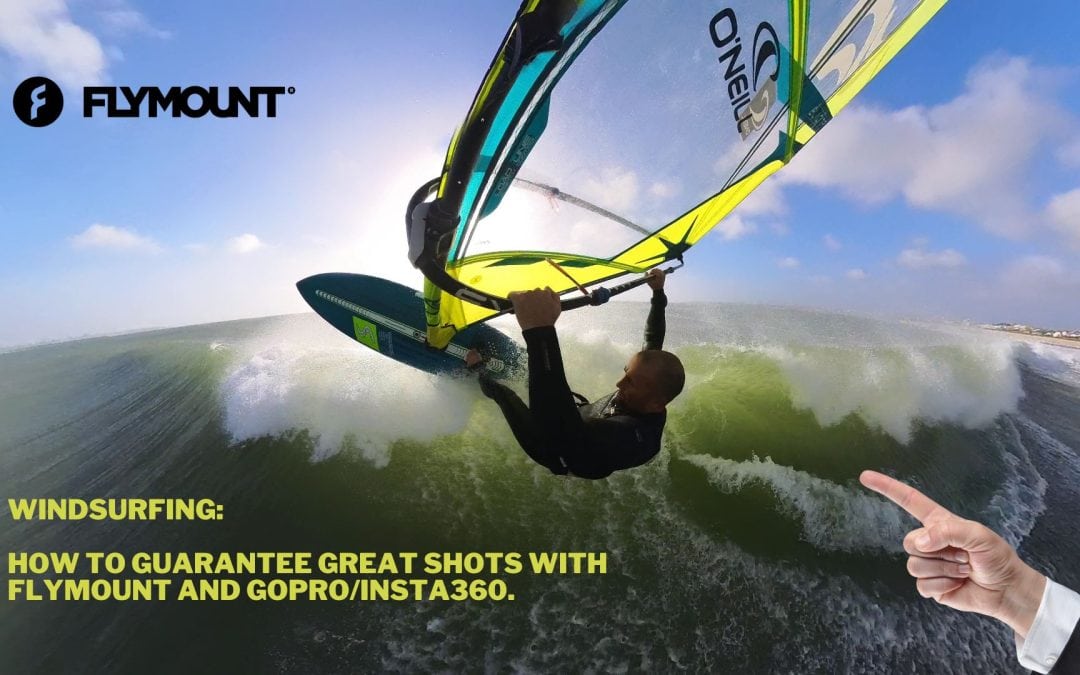
Recent Comments